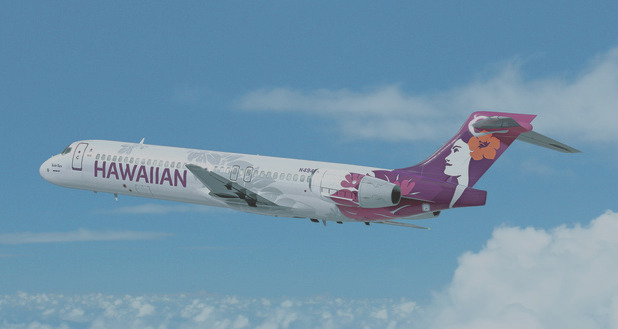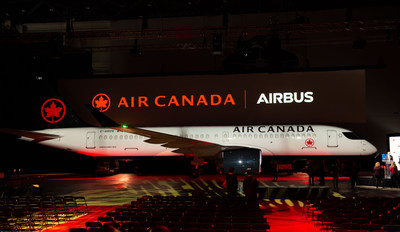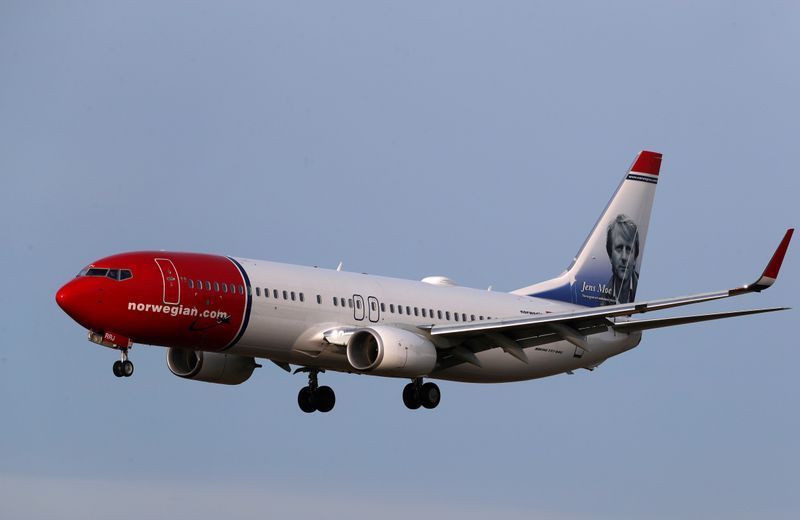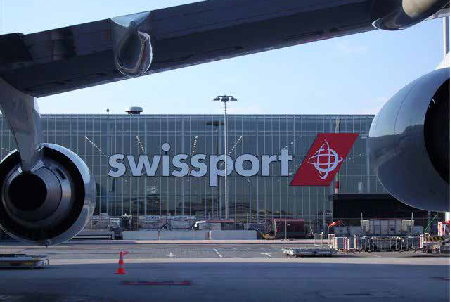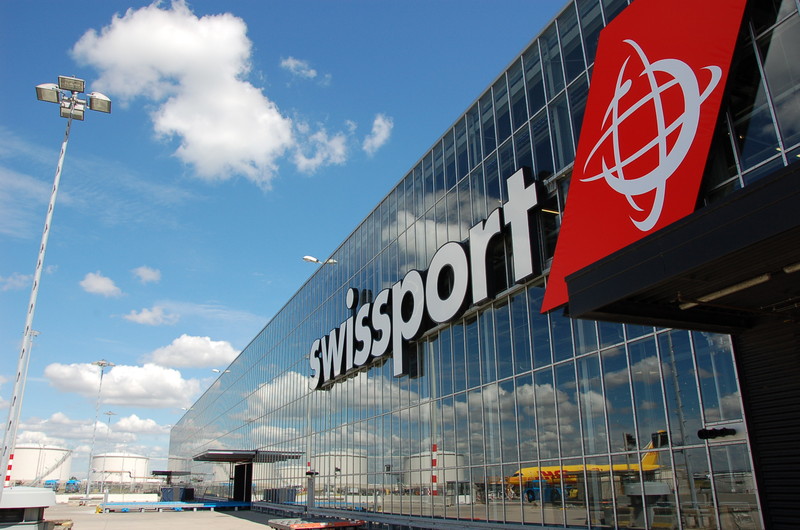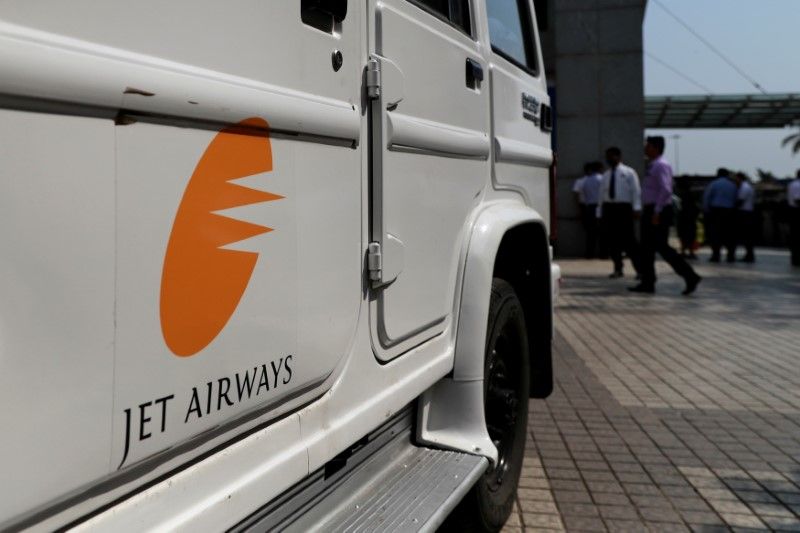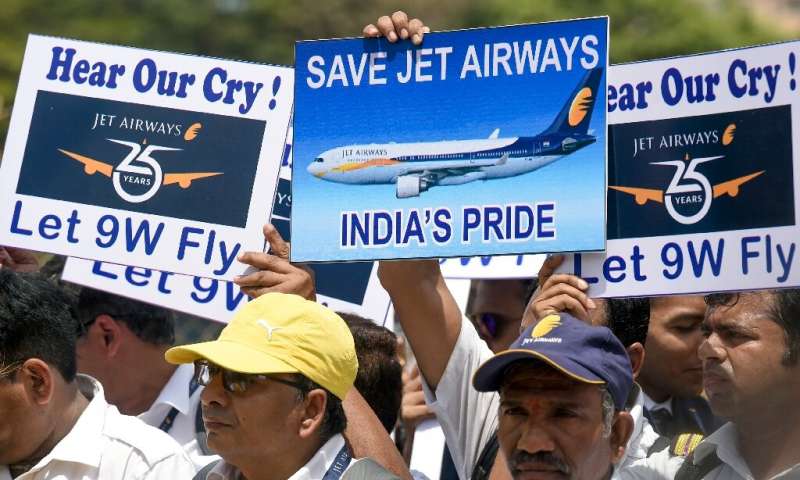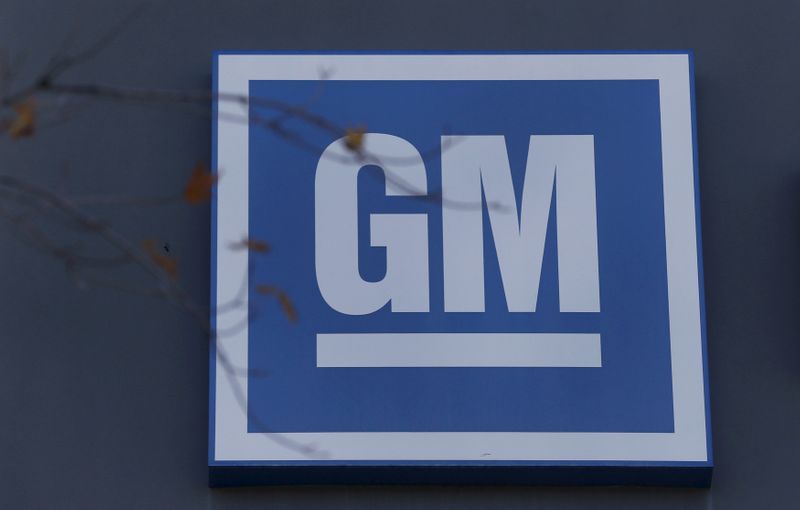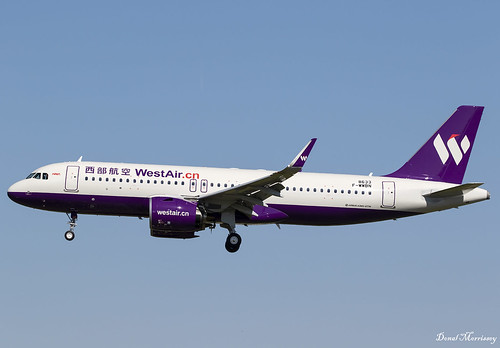- Airline to serve San Francisco and Los Angeles daily
- American Samoa weekly starting in April

Hawaiian Airlines is reducing its April flight schedule due to the COVID-19 pandemic with a commitment to continue offering its guests and cargo customers essential service within the Hawaiian Islands and between Hawai‘i and California and the U.S. territory of American Samoa.
The airline will maintain a reduced but still robust schedule of Neighbor Island flights, while bolstering all-cargo service to ensure goods continue to reach communities statewide.
“As Hawai‘i’s airline, we understand that our operation is essential to the state. We serve both guests who rely on us for important travel and the transportation of critical cargo,” said Hawaiian Airlines President and CEO Peter Ingram. “This has been the hallmark of our mission for 90 years and our dedication to our guests remains unchanged as we look to overcome this global crisis together.”
Starting Sunday, Hawaiian’s long-haul transpacific network will consist of one daily nonstop flight between Honolulu (HNL) and Los Angeles (LAX) and San Francisco (SFO), and one weekly flight connecting Hawai‘i to its Pacific island neighbor of Pago Pago, American Samoa (PPG). All routes will be operated with wide-body Airbus A330 aircraft.
The California routes present cargo opportunities to help maintain service for shippers affected by the reduction in passenger flights due to the state of Hawai‘i’s mandatory 14-day quarantine for overseas arrivals starting tomorrow in an effort to prevent the spread of COVID-19. The HNL-PPG route maintains vital service for the territory of American Samoa.
Guests traveling on Hawaiian’s Neighbor Island network will continue to enjoy convenient options throughout the day with 41 daily roundtrip flights scheduled for April. From Honolulu there will be 38 daily flights, including 13 to Maui, eight to Kona, seven to Kaua‘i, six to Hilo, and two each to Lāna‘i and Moloka‘i. From Maui there will be one roundtrip each to Hilo, Kaua‘i and Kona in addition to Honolulu service.
Hawaiian’s schedule reductions for April resulted from the state of Hawai‘i’s quarantine entry restriction and the ensuing drop off of travel to and from the islands. Hawaiian is operating its regularly scheduled long-haul flights through today before it begins suspending routes tomorrow.
Meanwhile, Hawaiian has expanded interisland cargo service to facilitate the movement of essential goods ranging from food to medical equipment and machinery.
On March 3, a fleet of all-cargo ATR-72 aircraft operated by ‘Ohana by Hawaiian began offering flights five days a week between Honolulu and Kahului (OGG) on Maui and Kona (KOA) on the western coast of the Island of Hawai‘i. The new routes add to all-cargo service launched in summer of 2018 between HNL and Līhu‘e (LIH) on Kaua‘i and Hilo (ITO) on the eastern coast of the Island of Hawai‘i.
Hawaiian also utilizes its Boeing 717 passenger fleet to carry critical, time-sensitive cargo like pharmaceuticals and Blood Bank of Hawai‘i shipments.
Hawaiian is still experiencing an unprecedented volume of calls from guests and respectfully asks that only those with immediate travel needs contact the airline for assistance. Options to reach Hawaiian’s reservations team, to make online changes to tickets, and to see a list of travel waivers are available at Hawaiian’s COVID-19 hub.
The airline also explains how it is keeping employees and guests safe by disinfecting aircraft and airport spaces, modifying boarding processes to prevent congestion at the gate, and adjusting in-flight services such as by distributing disposable sanitizing wipes.
